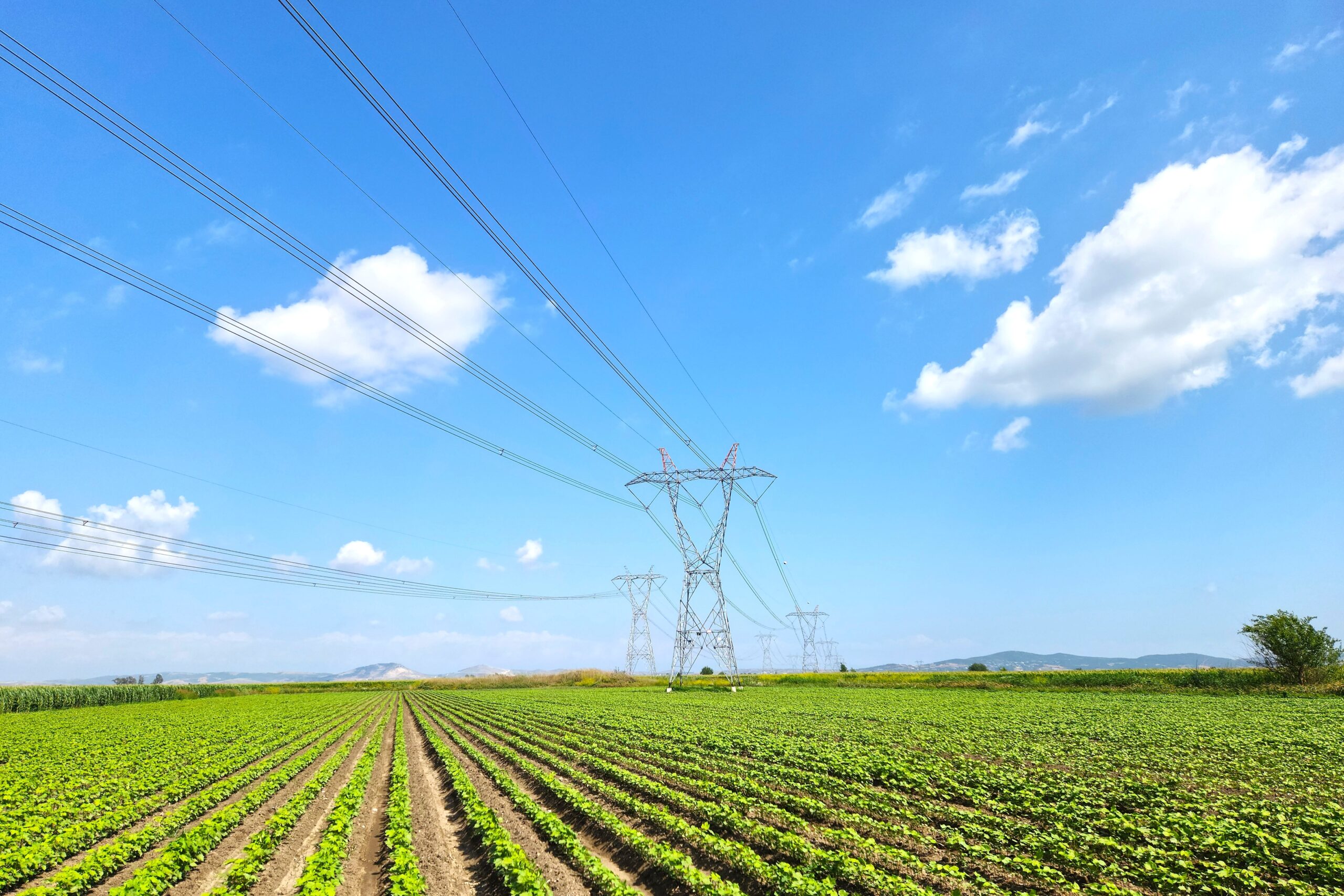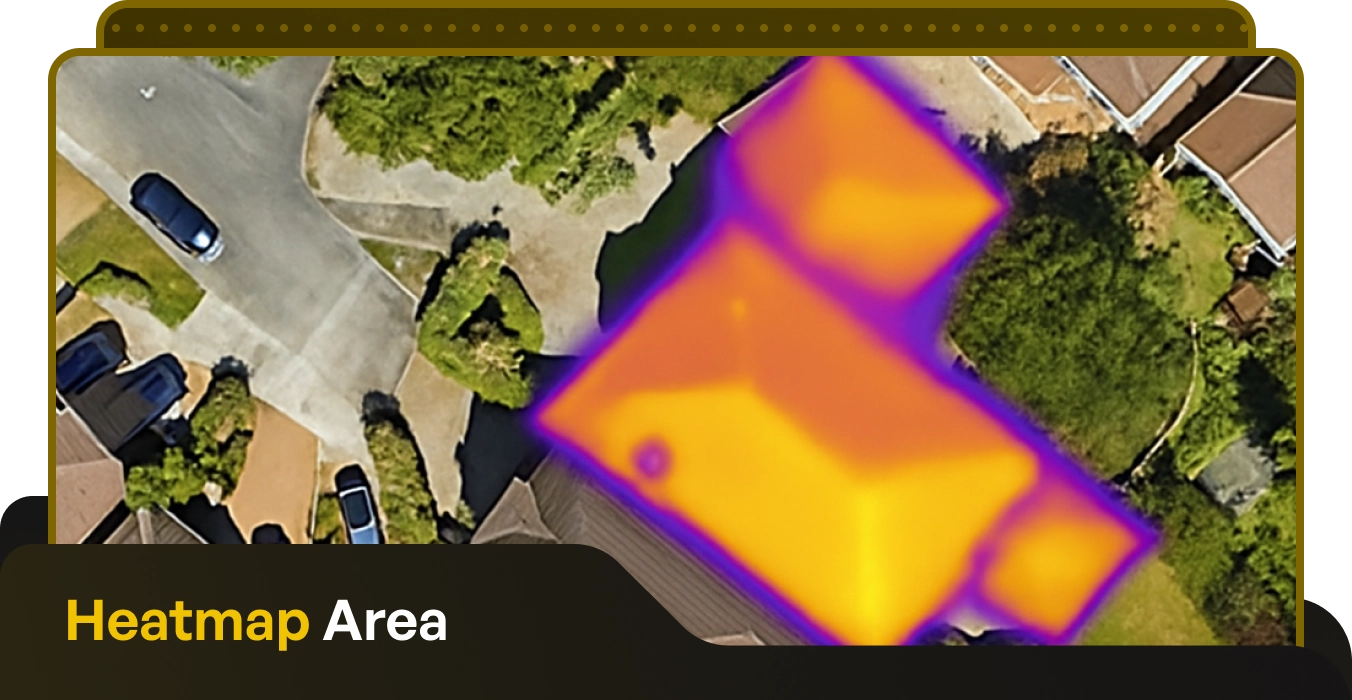Table of Contents
ESB costs for customer will go up from Storm Éowyn damage

Written by: Briain Kelly
Published: February 5, 2025
Last updated: October 8, 2025
Reading time: 3 mins
The cost of repairing the incredible damage to the electricity network caused by Storm Éowyn, which will run into the tens of millions, will ultimately be borne by electricity customers.
It’s been a week and a half since Storm Éowyn and thousands of homes around the country are still without power. An estimated 25,000 properties were still waiting for the power to be restored on Tuesday.
Speaking on RTÉ’s Claire Byrne, Paddy Hayes, Chief Executive of the ESB, said that the storm has done “massive destructive damage” to the electricity network with two or three times more damage than had previously been recorded after storms.
There is no firm figure yet for just what the total cost of the damage caused by Storm Éowyn will be. But he said, “It will be significant. It will cost tens of millions.”
How that cost will be borne and how it will ultimately affect customers’ electricity bills, is something which he said will be scrutinised in 2026.
“There is a cost associated with this which will ultimately be borne across the electricity network as a whole. It is a devastating and destructive storm the likes of which we have never seen before.”
At the height of the damage from Storm Éowyn more than 768,000 customers were left without power, a number that still stood in the hundreds of thousands days later.
Mr Hayes said that it is expected that the number of customers remaining without electricity should be reduced to around 10,000 by the end of Wednesday, with almost all power restored by Friday.
However, he added that there will be a “handful” of customers who will remain without electricity going into the weekend. This will be more than two weeks since the storm occurred at that point.

A More Resilient Electricity Grid
Ireland’s electricity network is almost all above ground, and with an unusually large amount of wires per capita compared with other countries due to our widely distributed and rural population.
Some damage to more smaller and isolated parts of the grid is only uncovered after repairs have been completed to the “backbone line” as power is turned back on and a portion of customers on that line doesn’t get their electricity back.
Repairs crews have been gradually working their way out to more isolated areas after technicians focused on getting central hubs back up and running in the immediate aftermath of the storm.
“What we have to do now in the light of this once in a generation event is taking stock and talking to climate scientists, identifying whether and how we need to change our network if there is an expectation or a probability of events like this happening again.”
Building a more resilient power grid has been a key investment priority of the ESB according to Mr Hayes, with €950 million invested in the past years. Consideration will also be given to whether the next five year plan needs to expand its focus on investing in resilience even further.
Backup Power Options
Storm Éowyn had many people scrambling for ways to keep the lights and the heat on despite days long power outages, looking to home batteries and their electric vehicles for power.
Many people who own electric cars were using their batteries, which can hold anywhere from 30kWh to 100kWh of power, to power their homes instead of charging the car from the grid. Bi-directional EV charging has become more common, but I doubt anyone saw it as something they might have to rely on for days at a time.
It was also possible to power just a few sockets using a solar battery. However, unless homeowners had a large amount of battery storage installed, then 5kW to 10kW wouldn’t last for long.
Homeowners with solar panels also experienced frustration during the outages as, by standard design, the inverter in a solar PV system cuts power from the panels in the event of a grid interruption in order to protect the technicians making repairs.
It is possible to install a switch to isolate your home from the grid in the event of an outage, which would enable solar panels to keep working as normal. But this option is not known to many and is taken up by even fewer.
Since Storm Éowyn there has also been increased public interest in buying small generators which would allow them to generate their own power from fossil fuel in the event of prolonged power outages.
ESB costs for customer will go up from Storm Éowyn damage
Published: February 5, 2025
Last updated: October 8, 2025

Written by: Briain Kelly
Reading time: 3mins
The cost of repairing the incredible damage to the electricity network caused by Storm Éowyn, which will run into the tens of millions, will ultimately be borne by electricity customers.
It’s been a week and a half since Storm Éowyn and thousands of homes around the country are still without power. An estimated 25,000 properties were still waiting for the power to be restored on Tuesday.
Speaking on RTÉ’s Claire Byrne, Paddy Hayes, Chief Executive of the ESB, said that the storm has done “massive destructive damage” to the electricity network with two or three times more damage than had previously been recorded after storms.
There is no firm figure yet for just what the total cost of the damage caused by Storm Éowyn will be. But he said, “It will be significant. It will cost tens of millions.”
How that cost will be borne and how it will ultimately affect customers’ electricity bills, is something which he said will be scrutinised in 2026.
“There is a cost associated with this which will ultimately be borne across the electricity network as a whole. It is a devastating and destructive storm the likes of which we have never seen before.”
At the height of the damage from Storm Éowyn more than 768,000 customers were left without power, a number that still stood in the hundreds of thousands days later.
Mr Hayes said that it is expected that the number of customers remaining without electricity should be reduced to around 10,000 by the end of Wednesday, with almost all power restored by Friday.
However, he added that there will be a “handful” of customers who will remain without electricity going into the weekend. This will be more than two weeks since the storm occurred at that point.

A More Resilient Electricity Grid
Ireland’s electricity network is almost all above ground, and with an unusually large amount of wires per capita compared with other countries due to our widely distributed and rural population.
Some damage to more smaller and isolated parts of the grid is only uncovered after repairs have been completed to the “backbone line” as power is turned back on and a portion of customers on that line doesn’t get their electricity back.
Repairs crews have been gradually working their way out to more isolated areas after technicians focused on getting central hubs back up and running in the immediate aftermath of the storm.
“What we have to do now in the light of this once in a generation event is taking stock and talking to climate scientists, identifying whether and how we need to change our network if there is an expectation or a probability of events like this happening again.”
Building a more resilient power grid has been a key investment priority of the ESB according to Mr Hayes, with €950 million invested in the past years. Consideration will also be given to whether the next five year plan needs to expand its focus on investing in resilience even further.
Backup Power Options
Storm Éowyn had many people scrambling for ways to keep the lights and the heat on despite days long power outages, looking to home batteries and their electric vehicles for power.
Many people who own electric cars were using their batteries, which can hold anywhere from 30kWh to 100kWh of power, to power their homes instead of charging the car from the grid. Bi-directional EV charging has become more common, but I doubt anyone saw it as something they might have to rely on for days at a time.
It was also possible to power just a few sockets using a solar battery. However, unless homeowners had a large amount of battery storage installed, then 5kW to 10kW wouldn’t last for long.
Homeowners with solar panels also experienced frustration during the outages as, by standard design, the inverter in a solar PV system cuts power from the panels in the event of a grid interruption in order to protect the technicians making repairs.
It is possible to install a switch to isolate your home from the grid in the event of an outage, which would enable solar panels to keep working as normal. But this option is not known to many and is taken up by even fewer.
Since Storm Éowyn there has also been increased public interest in buying small generators which would allow them to generate their own power from fossil fuel in the event of prolonged power outages.
Solar Energy Saves Households Thousands in Electricity Costs
Take our 2-minute questionnaire and find affordable solar options to suit your budget and lifestyle.



